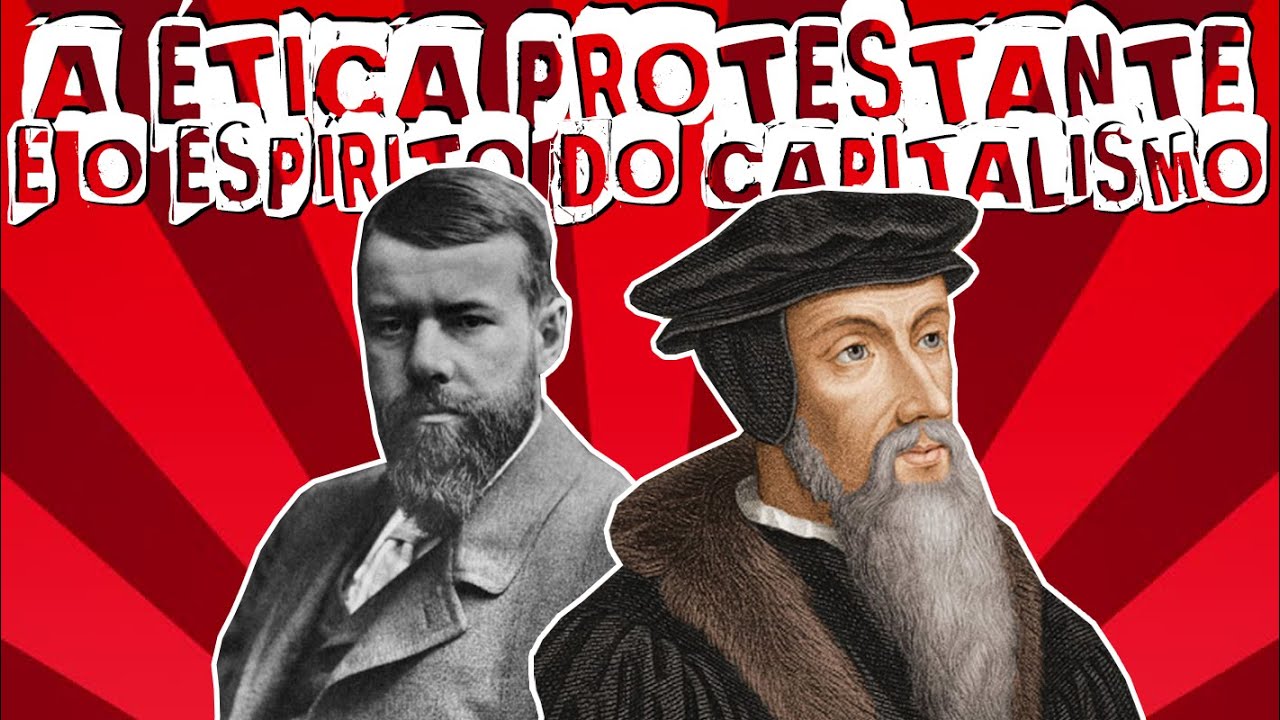What really happened to witches 400 years ago? 🧙♀️🐈⬛🧹 BBC
Summary
TLDRThe video script delves into the historical stereotype of witches, revealing a darker truth of persecution and torture, particularly during the 16th and 17th centuries. It highlights the role of Matthew Hopkins, the 'Witchfinder General,' whose methods led to the execution of around 100 people. Set against a backdrop of societal fear and hardship, the script examines the scapegoating of vulnerable individuals, drawing parallels to modern tendencies of seeking easy answers and social media's role in perpetuating fear and blame.
Takeaways
- 🧙♀️ The stereotype of witches with magical powers and spells originates from a historical context of fear and persecution.
- 📚 The 16th and 17th centuries, particularly the work of Matthew Hopkins, significantly shaped modern perceptions of witches, leading to many deaths.
- 🌌 People in Europe during those centuries lived in a 'magical universe' where the existence of God and the Devil was widely accepted.
- 🌾 Life in England was challenging with a doubling population, plagues, and failed harvests, leading to a search for scapegoats like witches.
- 🔮 Witches were believed to cause various misfortunes, including storms, livestock death, and madness among people.
- 🏛 Witch trials followed legal processes with relatively high acquittal rates in southeast England, contrary to common belief.
- 🔗 Matthew Hopkins, known as the Witchfinder General, exploited societal fears during the English Civil War to accuse and execute alleged witches.
- 🐾 Hopkins searched for 'witch's marks' and used methods like sleep deprivation and the swimming test to extract confessions.
- 👥 Women were particularly vulnerable to witchcraft accusations due to their societal status and lack of protection in a patriarchal society.
- 👴 Men, including the elderly and clergy, were also accused and persecuted during the witch hunts, highlighting the indiscriminate nature of the accusations.
- 📉 Public opposition eventually grew against Hopkins' methods, leading to a decline in his influence and his eventual death.
- 🔄 Despite the historical context, the mentality of witch hunts persists today in the form of conspiracy theories and scapegoating of vulnerable groups.
Q & A
What is the stereotype of a witch as described in the script?
-The stereotype of a witch in the script includes a woman with magical powers and spells, wearing a pointy hat, riding a broomstick, and accompanied by a black cat.
What historical period does the script focus on regarding witch trials?
-The script focuses on the 16th and 17th centuries, particularly highlighting the work of the witchfinder Matthew Hopkins.
How many people were estimated to have died due to the witch trials led by Matthew Hopkins?
-The witch trials led by Matthew Hopkins resulted in the deaths of around 100 people.
What was the general belief about the existence of witches in the 16th and 17th centuries in Europe?
-In the 16th and 17th centuries, people in Europe lived in what historians call a 'magical universe,' where it was implicitly accepted that God and the devil were real, and witches were believed to have the power to cause misfortunes.
What were some of the misfortunes attributed to witches during that time?
-Witches were believed to be able to raise storms, destroy livestock, drive people mad, or even kill them.
What was the general acquittal rate for witch trials in southeast England?
-The acquittal rate for witch trials in southeast England was relatively high, with only 22 percent of those tried being executed.
How did Matthew Hopkins identify suspected witches?
-Matthew Hopkins would search for the 'witch's mark' or 'teat' where familiars were thought to suck blood. He also used a swimming test, where a suspected witch was submerged in water to see if they would float or sink.
Who was John Lowes, and what was his involvement in the witch trials?
-John Lowes was an elderly clergyman accused of witchcraft in his town of Brandeston in Suffolk. He was examined by Hopkins, confessed under torture to having six familiars, but later retracted his confession before being hanged.
What was the public's reaction to Matthew Hopkins' methods in the witch hunts?
-Opposition to Hopkins' witch hunts grew, with people condemning his methods, leading to a decline in his influence.
How many people were investigated and condemned during the Hopkins witch hunt?
-Around 250 people were investigated for witchcraft during the Hopkins witch hunt, and about a hundred of these were ultimately condemned.
What is the script's final reflection on the relevance of witch hunts to modern society?
-The script suggests that while the context may be different, the mentality of witch hunts is still present today, with a tendency to accept easy answers to complex problems and to scapegoat vulnerable sections of society.
Outlines

このセクションは有料ユーザー限定です。 アクセスするには、アップグレードをお願いします。
今すぐアップグレードMindmap

このセクションは有料ユーザー限定です。 アクセスするには、アップグレードをお願いします。
今すぐアップグレードKeywords

このセクションは有料ユーザー限定です。 アクセスするには、アップグレードをお願いします。
今すぐアップグレードHighlights

このセクションは有料ユーザー限定です。 アクセスするには、アップグレードをお願いします。
今すぐアップグレードTranscripts

このセクションは有料ユーザー限定です。 アクセスするには、アップグレードをお願いします。
今すぐアップグレード関連動画をさらに表示

Origem Histórica dos Logaritmos: de onde vem os logaritmos?

RESUMEN DE ENTREVISTA A JOSÉ JAVIER ESPARZA: MEJORES MOMENTOS

Dress Historian explains the difference between Bodies and Stays | 16th and 17th-Century ‘Corsetry’

"A ÉTICA PROTESTANTE E O ESPÍRITO DO CAPITALISMO" DE MAX WEBER

Seberapa Parah Pembantaian 1965-1966 Sebenarnya?

Sejarah Kota dan Perencanaan Kota di Indonesia
5.0 / 5 (0 votes)
